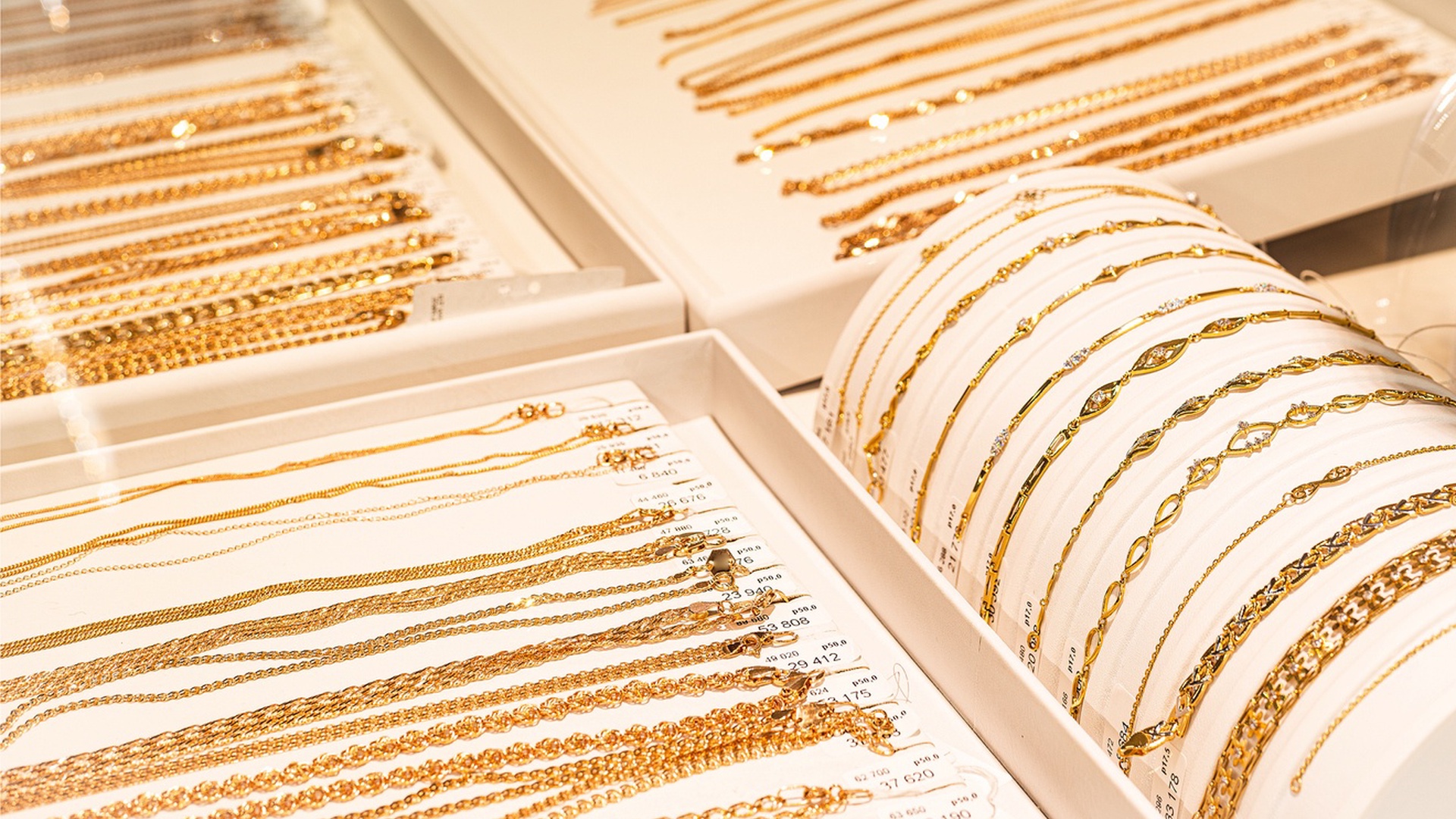

Gold has captivated the human imagination for thousands of years. Its allure, beauty, and rarity have made it the ultimate symbol of wealth, power, and luxury. Over the centuries, the journey of gold has intertwined with the evolution of societies, economies, and technologies, leaving an indelible mark on history. From ancient civilizations to modern-day global markets, gold has been at the heart of human progress and innovation.
The story of gold begins long before recorded history. Early humans discovered gold in its natural form shiny nuggets scattered in riverbeds and were drawn to its distinctive luster. Ancient Egyptians were among the first to mine and refine gold, using it to adorn their temples, pharaohs, and tombs. Gold was associated with the gods and immortality, a theme that persisted through many cultures.
The Egyptians' mastery over gold refining techniques spread across the ancient world. By 87 A.D., gold had become so valuable that it was used not only as decoration and currency but as a store of wealth. During this time, the British Royal Mint introduced the Britannia Gold Bullion Coin, marking the beginning of gold as a standard in currency.
Throughout the Middle Ages, gold’s role in society continued to evolve. In Europe, it was primarily used as coinage, with the Byzantine Empire and later the Holy Roman Empire minting gold coins. The search for gold would continue for centuries, fueling exploration across the globe.
When Spanish conquistadors arrived in the Americas in the 15th and 16th centuries, they discovered vast amounts of gold in the Inca and Aztec empires. The resulting gold rush dramatically altered the economies of Europe, driving the formation of vast colonial empires. By the 19th century, the quest for gold reached new heights with the California and Klondike Gold Rushes, further cementing gold’s role in shaping modern economies.
By the 19th century, gold had become central to the international financial system. The Gold Standard was established, with nations pegging their currencies to a specific quantity of gold, ensuring stability and trust in paper money. Gold became synonymous with wealth, and countries stockpiled gold reserves to bolster the value of their currencies.
As the 20th century dawned, gold continued to play a critical role in global economies. The World Gold Council was established in 1987 to promote the demand for gold and sustain its value in a rapidly changing world. The council’s creation reflected a global shift in how gold was perceived not just as a commodity but as an investment vehicle.
In the modern world, gold’s role has continued to evolve. The Japanese government made headlines in 1988 when it became a major purchaser of gold in preparation for the release of a commemorative coin marking the 60th anniversary of Emperor Hirohito’s reign. This was a sign of the growing importance of gold not just as a currency but as a symbol of prestige and tradition.
In the 1990s, the global landscape for gold was transformed once again. The European Union introduced the Euro in 1999, and the European Central Bank held 15% of its reserves in gold, further solidifying the precious metal's role in international finance. Meanwhile, countries like India and Turkey liberalized their gold markets, reflecting growing demand in emerging economies. By 2000, gold was making waves in the scientific community as well, with the launch of the Mars Global Surveyor, which carried a gold-coated mirror to map the surface of Mars.
At the turn of the millennium, gold also found new uses in technology. Gold-coated mirrors on telescopes, such as those at the Keck Observatory in Hawaii, allowed astronomers to capture the most detailed images of Neptune and Uranus ever seen. Gold’s versatility, both in technology and in traditional industries, continued to demonstrate its enduring value.
The 21st century saw a further diversification of gold’s uses. It became an essential asset for retirement planning in the United States, as the Taxpayers Relief Act of 1997 allowed individual retirement accounts (IRAs) to hold gold bullion coins and bars. This move enabled more people to invest in gold, further fueling its importance in global markets.
As global financial crises continued to affect economies, gold remained a safe haven for investors. Even as stock markets experienced sharp reversals and volatility, like the event in 1987, gold's value continued to rise, driven by its reputation as a hedge against economic uncertainty.
In the early 2000s, however, the gold industry experienced significant consolidation. In 2002, the Gold Institute voted to dissolve, signaling a shift in the sector as gold became more embedded within broader global financial systems. At the same time, gold continued to be viewed as a store of wealth in many parts of the world, especially in places like India and China, where gold jewelry was deeply ingrained in cultural practices and considered a safeguard against inflation.
Today, gold is more than just a commodity or a form of currency. It is a critical asset class in global financial markets, central bank reserves, and even space exploration. Its enduring value is a testament to its role as a symbol of wealth, power, and stability throughout history. From the ancient Egyptians to modern investors, gold has proven itself to be a constant companion in humanity’s journey through time.
Whether it is used in scientific research, as a foundation for monetary policy, or simply as an investment in a turbulent world, gold continues to shine brightly as a symbol of human achievement and progress. And as we look to the future, one thing is clear: gold will remain a central part of the world economy and human endeavor for generations to come.